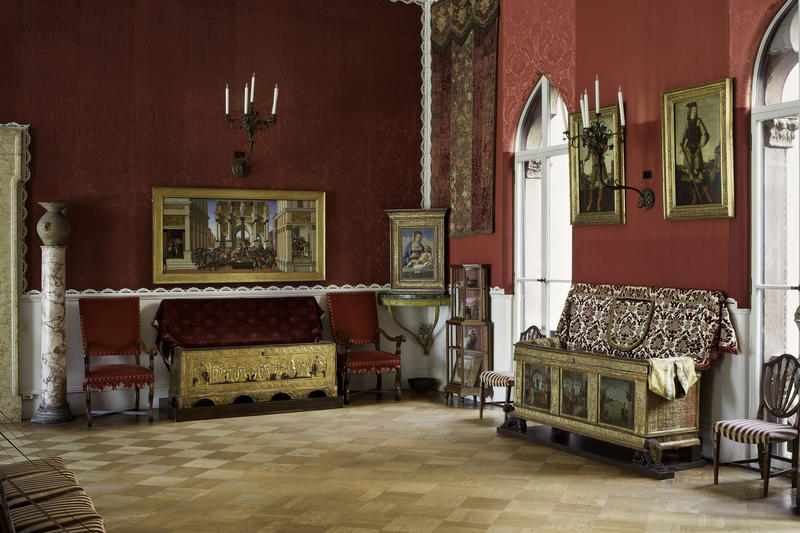Over a century ago, in 1903, Isabella Stewart Gardner gave her Museum to the city of Boston, and ensured it would be maintained and protected "for the education and enjoyment of the public forever." Carrying out this unique vision requires special care to preserve Gardner’s complete collection, which spans 30 centuries and includes paintings, sculpture, furniture, textiles, ceramics, metals, manuscripts, works on paper, and archival materials.
Beginning in the 1930s, the Gardner Museum, along with other Massachusetts museums, led the way in researching and conserving works of art, laying the foundation for what was to become the field of modern art conservation. Today, the Gardner Museum conservation team—made up of trained conservators, collections care specialists and technicians—works collaboratively in the effort to preserve and study this collection. We carry out conservation treatments and technical analyses on works of art, and establish standards for the long-term preservation of the collection as a whole.
Our Conservation team approaches preservation of the collection holistically, considering all of the works in the context of Gardner’s intent for her galleries. Our conservators do daily battle with light, dust, and time, working to preserve ancient, fragile, and light-sensitive objects in the collection. Our work enriches our understanding of the collection and maintains its longevity for generations to come.
Learn More about Conservation

Our Conservation Team
Learn about the Poorvu Family Conservation Center and our staff's areas of specialty

About Our Research and Technology
Learn more about the Conservation Department's use of a combination of imaging, analytical, and microscopy techniques

A History of Conservation
Read about the pioneering research conducted by George Stout and others at the Gardner Museum
